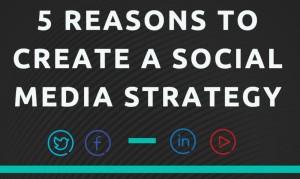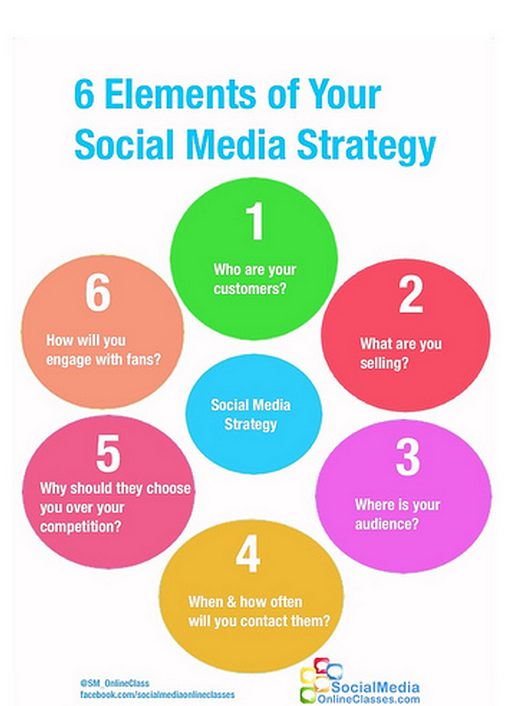Social media, while new and constantly ever changing, when done right can pay off in big ways. It’s not enough to throw up a Facebook page and expect people to magically find you—the social media masters of the world know the way to rise above the masses is to have a carefully crafted social media strategy. If you’re want to know why this makes a difference, you can see here how outstanding brands have this nailed and how it has revolutionized their marketing. So, if you’re wondering why you need a social media strategy, here are the top reasons to start getting one together.
1. You need to know how to target and reach your audience.
If you aren’t strategic about your social media you could be on all the wrong channels where your audience isn’t spending time online and therefore wasting yours. That’s why it’s worth it to take the time and do a complete social media analysis of what social channel your target market is on, what they are talking about and what they care about it. And then creating a social media strategy devoted to the right channels, conversations and content.
2. When you know your audience, you know what to talk about.
If you aren’t getting comments or conversations going on your social media channels, it’s time to step back and ask: why? The goal of social media is to get people talking and get them excited enough about what you are doing that they’ll share it with their friends! You want to stand out, you want to be different and you want to create conversations that your fans can’t help, but join in on.
3. You want to surpass your competitors.
If your competition isn’t devoting time to their social media—ding, ding—that’s an opportunity for you to swoop in take over a space they aren’t capitalizing on. Almost all business is online these days and if your company isn’t taking advantage of that in the right way, you could be completely missing customers.
4. People don’t care what you do, they care why you do it.
As Simon Sinek talks about in his book, “Start with Why,” people want to get behind a company with story, a cause and work with a purpose. That’s why Apple is successful because they are masters of their own story and that’s what people connect with. Social media is the perfect platform to tell your business’s story and tell it well. Your social media strategy offers you the chance to change your marketing from a one-way advertisement to a two-way interactive and compelling conversation with your audience. Your fans want to know what you stand for and see the behind the scenes of your business—that’s where a brand’s authenticity is born.
5. You want to cultivate the ultimate connection with your audience.
Creating social media accounts and posting on them isn’t all that difficult, but posting content people actually care about takes your social media game to the next level. This requires time, research and monitoring conversations to understand what your fans really are passionate about and that’s outside of your product or business as well. Social media isn’t about pushing your agenda, it’s about finding a connection to the lives of your fans in a genuine way. (Click to Tweet!)

